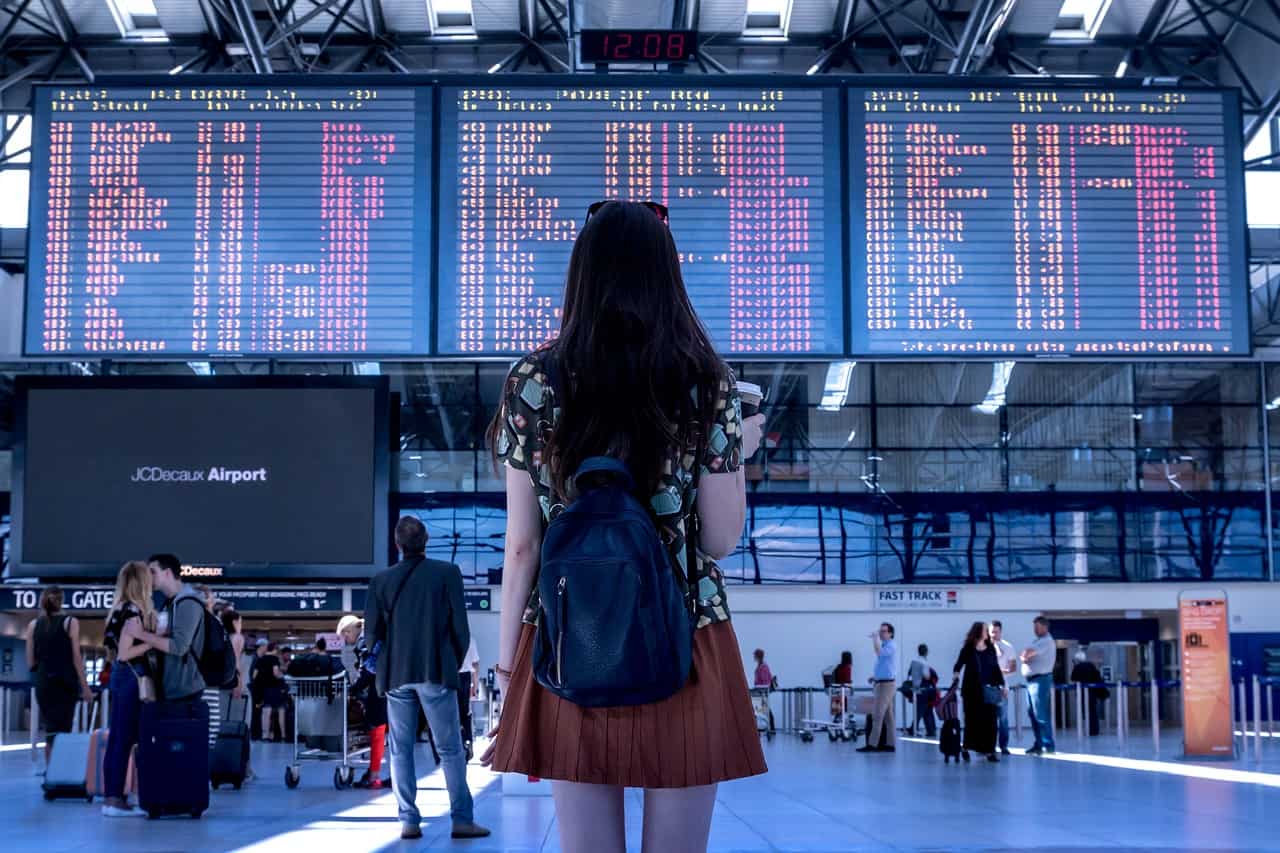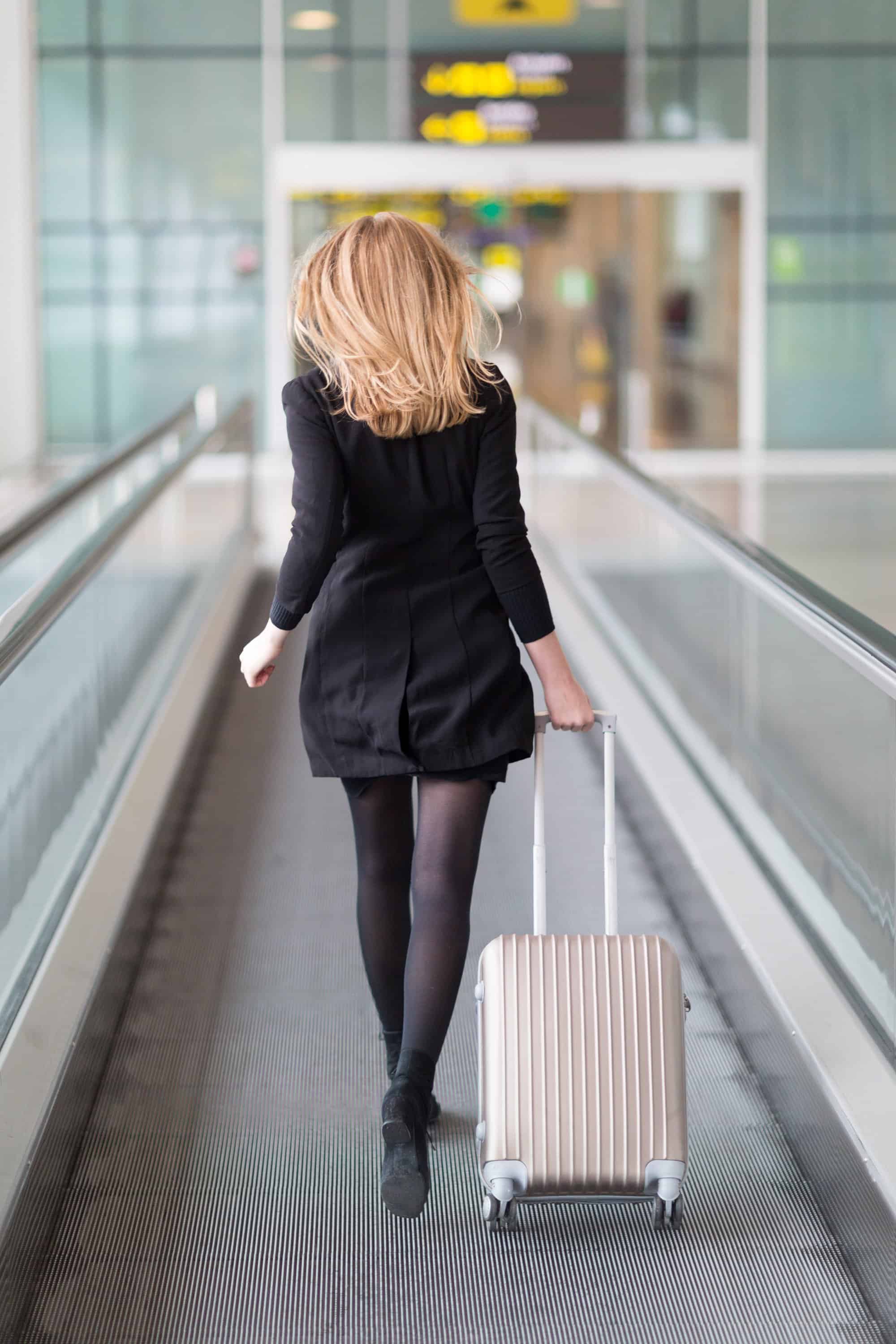When a flight from the United States (US) to the European Union (EU) is delayed, it can feel disorienting. You are crossing continents, potentially on a major connection, and many of the protections you expect may not apply in quite the same way. But there are rights and strategies you can use, including possible compensation under EU rules, to improve your situation or recover losses. Here is a guide on what to do if your transatlantic flight is delayed, especially when it involves the EU.
1. First steps at the airport
Confirm the delay details
-
- Get the official status: check your airline’s flight screens, airline app, or ask a staff member. Get a written confirmation or email if possible.
- Note the scheduled departure time and the revised time (if available).
- Ask for the reason for the delay.
Ask about assistance
Depending on the length of the delay and the airline’s policy, you may be entitled to refreshments, meals, communications (such as free phone calls or internet access), or if the delay is very long and forces an overnight stay, hotel accommodation and transport to and from it. Always retain any vouchers, tickets, or receipts you use.
Explore rebooking or alternative routing
If your flight is significantly delayed, the airline might offer rerouting alternatives, either on its own network or via partner airlines. Accepting a viable alternative may reduce your inconvenience.
Monitor onward connections
If you have a connecting flight in the EU or elsewhere, delays may jeopardize your connection. Stay alert and, if needed, ask the airline to protect you onto the next available leg.
2. Understand U.S. and EU rules applicable to your flight
U.S. domestic aviation rules
In the U.S., airlines are not generally required by federal law to pay compensation for flight delays. They do, however, have obligations to rebook you or refund you if you choose not to fly in certain circumstances. The U.S. Department of Transportation outlines consumer rights regarding delays, refunds, and cancellations. However, there is no statutory delay-compensation requirement for domestic routes.
EU Regulation (EC) No. 261/2004 (known as EU 261)
This is the core framework for many compensation claims when flights involve the EU. Under EU 261:
-
- A passenger may be entitled to cash compensation (a fixed lump sum, varying with route distance) if the arrival is delayed by three hours or more, and the delay is attributable to the airline and not extraordinary circumstances.
- The amounts are standardized, such as €250, €400 or €600 depending on flight distance, and are not freely negotiable by airlines.
- The regulation covers flights departing from any EU airport, plus flights arriving in the EU if operated by an EU-based carrier.
- Airlines must also provide care such as meals, communications, and accommodation if needed during long delays or cancellations.
- Extraordinary circumstances, for example severe weather, political instability, security risks, or certain air traffic control problems, can relieve the airline of paying compensation, though the interpretation of extraordinary is subject to court rulings.
In practice, EU 261 is the mechanism by which many travelers ask for compensation when their flights to or from Europe are heavily delayed.
How it applies to flights from the U.S. to EU
If your flight departs from the U.S. and is operated by a non-EU airline, EU 261 normally does not obligate compensation, unless possibly there is a through connection or code-share that extends into EU territory under certain legal interpretations. But if your U.S to EU leg is flown by an EU carrier, or if your itinerary is part of a journey that begins in the EU, EU 261 might apply.
It is key to check which carrier is operating the flight, the origin segment, and whether your itinerary qualifies under the regulation.
3. Gather evidence immediately
To strengthen any claim later, collect and preserve:
-
- Boarding passes and all flight documents
- A copy of your booking confirmation
- Any email or written notice of delay or cancellation from the airline
- Receipts for meals, accommodation, transport, and communications
- Screenshots or timestamps of status updates
- Names or IDs of airline staff you dealt with if possible
- Your original itinerary and new itinerary if rerouted
The burden is on you to show that the delay occurred and that its cause was within the airline’s control, or at least not an extraordinary event.
4. File a claim
Contact the airline
Start by contacting the airline’s customer service or claims department, either via their website, an official form, or by letter or email. Submit your documentation, explain your case, and demand either reimbursement or compensation depending on what you are entitled to. Be firm but polite.
In many cases, airlines will reject or delay your claim, hoping travelers give up.
Use a claims service like AirHelp
If you do not want to handle the bureaucracy yourself, you can use a third-party claims service. These companies analyze your claim, submit it to the airline, potentially escalate the case legally, and if successful take a percentage of the compensation as their fee. In effect, they do the heavy lifting. Many passengers find this worthwhile, especially for larger payouts.
In the case of flights subject to EU 261, services like AirHelp specialize in navigating the regulation, pushing airlines to comply, and filing appeals or court actions when necessary.
Watch the time limits
Under EU 261, you typically have up to three years in many jurisdictions from the flight date to claim compensation. After that, you may lose your right to enforce it. Each country may have its own statute or limitation period, so file sooner rather than later.
5. Appeal or escalate if denied
If your claim is rejected:
-
- Ask the airline to provide a detailed justification, citing the legal basis for refusal such as extraordinary circumstances.
- Escalate to the national enforcement body in the EU country relevant to your flight, such as the civil aviation authority or passenger rights agency.
- If necessary, pursue the matter in small-claims court or through consumer arbitration.
Sometimes airlines concede during escalation because complying is cheaper than protracted lawsuits or national fines.
6. Mitigation and smart strategies
Be proactive about rerouting
If the airline offers you an alternate flight that still gets you close to your destination, accepting it might reduce your eventual claim or loss of time.
Do not discard your right to refund
If the delay becomes extreme, such as five hours or more under EU 261 for certain flights, you might be allowed to abandon your trip and demand a refund for unused segments or a return to your original origin.
Hold on to receipts
Any extra costs, such as meals, taxi, hotel, or communications, if deemed reasonable, may be recoverable as ancillary costs.
Stay calm and consistent
Delay situations are stressful. But preserving a clear record, asking politely but persistently, and following up reminds the airline that you are serious about asserting your rights.
7. Sample scenario illustration
Suppose you have booked a flight from New York to Frankfurt, operated by Lufthansa (an EU carrier). Your flight is delayed, and you arrive in Frankfurt three hours late through no fault of your own, for example a mechanical issue. In that case:
-
- EU 261 applies, since it is a non-EU to EU route on an EU carrier.
- You check your rights for delay compensation of up to €600 depending on the distance.
- You gather all evidence and file a claim with Lufthansa.
- If Lufthansa declines, you may hire a claims service or escalate to the German enforcement body or small claims court in Germany.
- Meanwhile, during the delay, you would also demand care such as meals, communications, or hotel accommodation per your immediate rights.
8. Limitations, caveats, and evolving rules
-
- Extraordinary circumstances remain a battleground: airlines often invoke events beyond their control such as weather, strikes, or air traffic control to avoid paying compensation. Courts have pushed back in many cases.
- The threshold of three hours is central: shorter delays do not trigger compensation under EU 261.
- Interpreting what qualifies such as distance, connecting flights, and carriers can be complex, so many claims hinge on fine legal detail.
- EU law changes are in progress: recent agreements may raise thresholds or adjust compensation amounts. These changes may alter future claims.
- If your flight is entirely within the U.S. or on a non-EU carrier from the U.S. to the EU, EU 261 may not apply. Your rights then depend on airline policy, contract terms, or in rare cases U.S. regulation or litigation.
9. Final takeaways
-
- When a delay hits, get clarity, demand assistance, and preserve evidence.
- Be aware that U.S. law does not mandate compensation for delays, but EU 261 does in many transatlantic and intra-EU circumstances.
- Check whether your route and airline make you eligible for compensation under EU rules.
- File a well-documented claim and escalate if necessary.
- Using a specialist claims service such as AirHelp can reduce your work and increase your chances of success, though you will share the payout.
When your journey is derailed by a delay, knowing your rights and acting quickly can turn frustration into redress.









